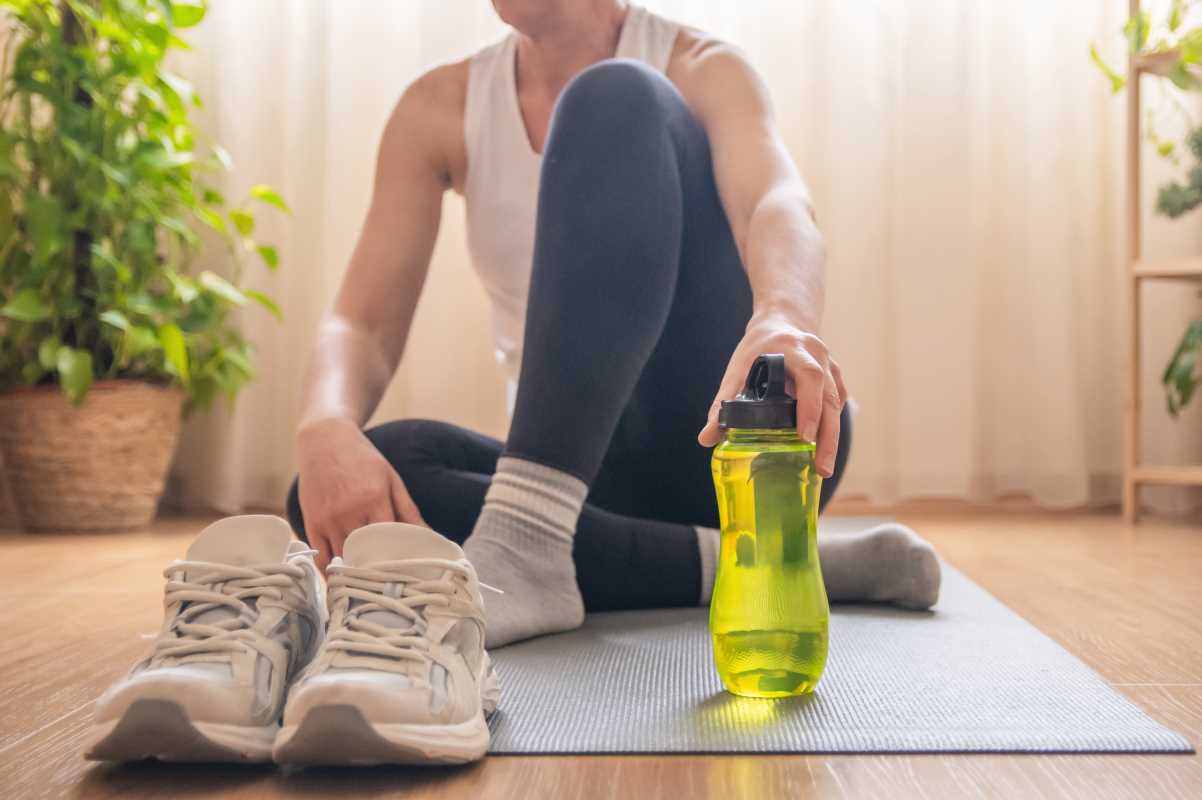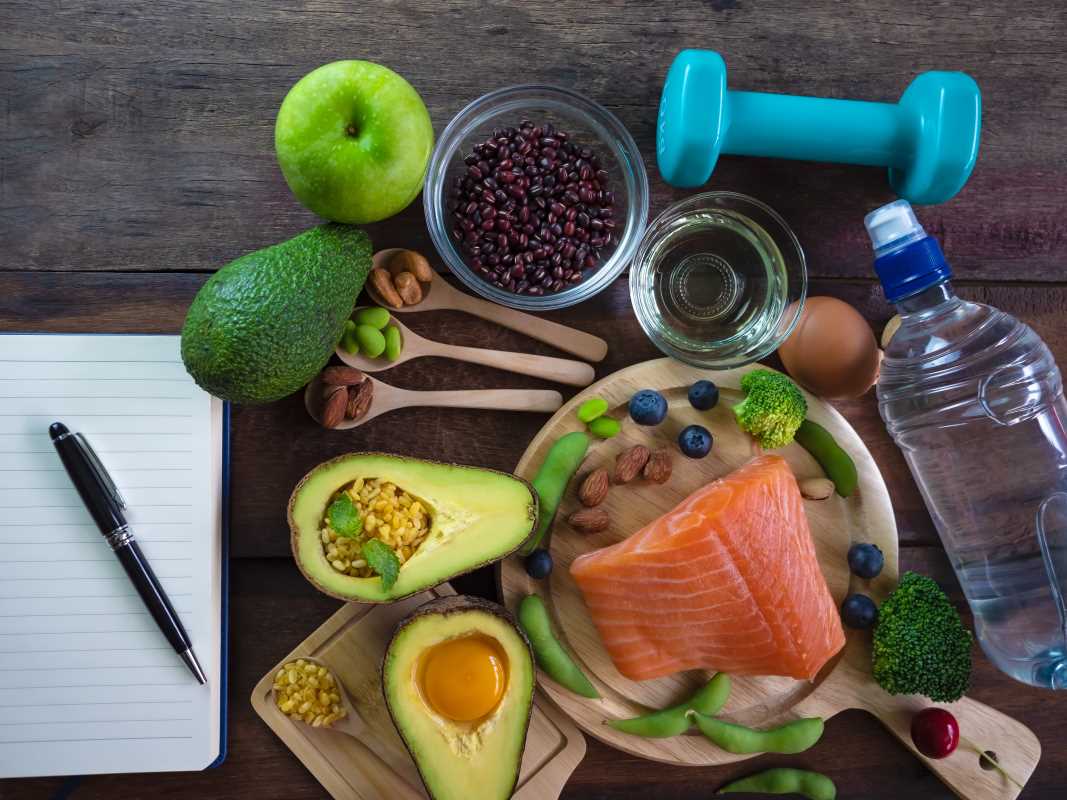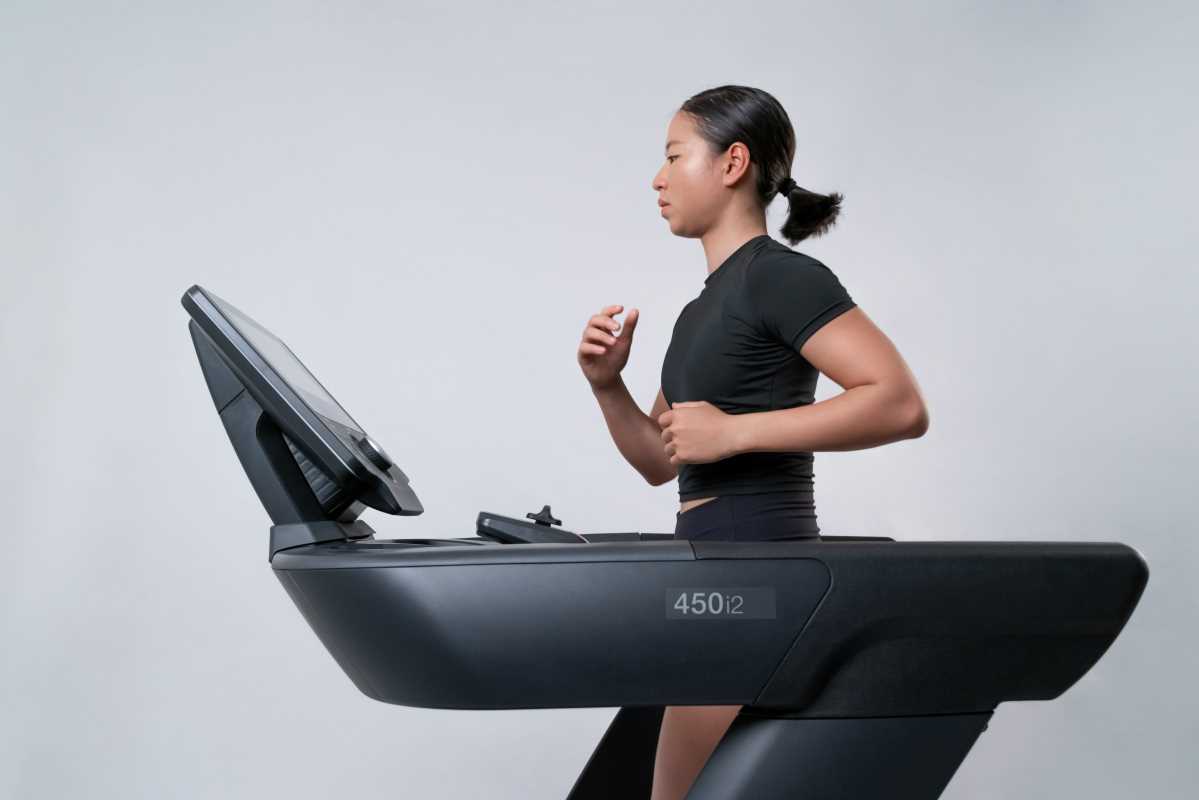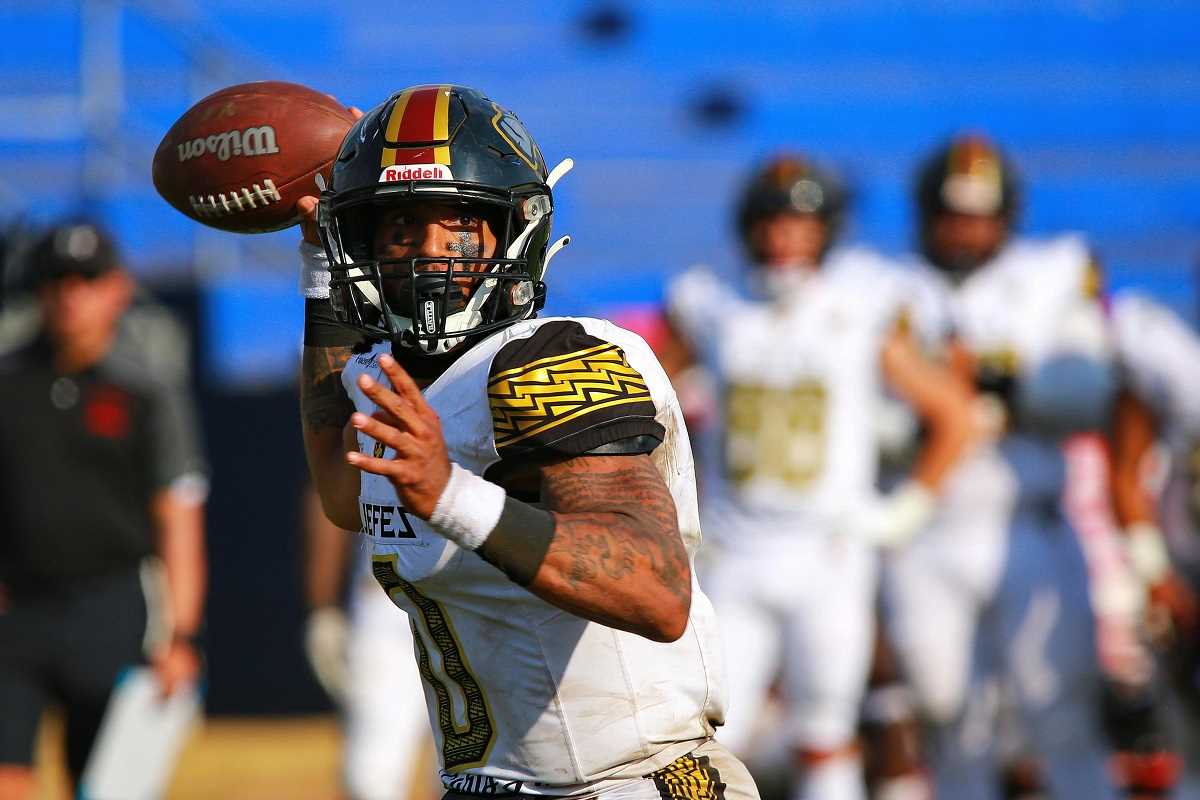Small adjustments in how you move through the water make a bigger difference than sheer strength when speed is everything. You can shave valuable time off your freestyle by adjusting your angles, refining subtle motions, and engaging the right muscle groups. This guide explores seven unexpected biomechanical discoveries that focus on joint alignment, muscle coordination, and how your body interacts with water. Each insight connects to the next, creating a practical path to faster swimming. Set yourself up at the pool’s edge and explore smarter techniques that improve every stroke and kick, helping you reach your goals with greater efficiency.
Arm Entry Angle Optimization
Digging into your hand entry angle reduces wasted energy and sets a smoother pull. When your arm slices the surface at precisely the right tilt, you avoid a splash that kills momentum.
- Point fingertips slightly downward at a 5–10 degree angle.
- Reach forward with a straight elbow until fingertips graze the water.
- Initiate catch by bending at the wrist and flexing fingers to anchor water.
This positioning starts an efficient pull, engages the lats quickly, and keeps your torso rolling in sync with your stroke.
Maximize Core Rotation
Turning your torso drives length and power through each stroke. You transfer force from small shoulder muscles to the trunk, unleashing a stronger pull and quicker recovery.
Focus on turning hips first, then let your ribs follow. Maintain a tight oblique contraction so your spine stays aligned and torque flows along a diagonal plane. A deep stretch on one side primes the other for a forceful drive.
Leverage Propulsive Kick Patterns
A well-timed kick not only balances your body but also adds meaningful thrust. Try these drills to find the pattern that matches your stroke tempo:
- Six-beat drill: Two kicks per arm stroke deliver a steady propulsion mix.
- Four-beat drill: One kick per arm entry boosts timing and reduces fatigue.
- Alternate kick drill: Four quick kicks followed by two slower beats to train explosive bursts.
Each pattern targets different muscle fibers and timing. Rotate through them in sets of 50 meters to find your best rhythm.
Fine-Tune Hand Trajectory
Hands should carve an S-shaped path under the surface, pushing back against water instead of dragging sideways. This subtle curve maximizes the catch phase and keeps your forearm acting like a paddle.
Start by dropping your elbow slightly below your wrist during the pull. Then drive your hand back in line with your shoulder. The track feels narrower and more powerful, and you’ll notice a quicker acceleration off each stroke.
Enhance Streamlining and Body Position
Reducing drag depends on tight alignment from fingertips to toes.
- Do: lock your head in line with your spine, squeezing ears toward shoulders.
- Do: point your toes and engage quads to hold a straight leg line.
- Don’t: let hips sink; a slight core lift keeps your body flat.
- Don’t: bend your knees excessively on the streamline glide.
Practice off-wall streamlines from every push-off to engrain a flatter, faster hold throughout your laps.
Activate Scapular Retraction for Stability
Strong shoulder blades anchor your arm strokes and protect joints. When you pinch your shoulder blades before reaching, you lock your shoulders into the socket and give your deltoids a solid base.
Practice slow-motion scapular drills out of the water: stand tall, pull elbows back until you feel your upper back engage, then return. Repeat in sets of eight while imagining a tight band pulling your shoulders together.
Synchronize Breathing Mechanics
Breathing can disrupt your streamline if you twist too early. You need just enough rotation to clear your mouth above the water without breaking shoulder alignment.
Start inhaling at the end of your pull phase, rotating your head with your torso. Exhale fully into the water so you’re ready for the next breath. This timing keeps your body steady and saves energy for longer sprints.
These biomechanical insights pack science-backed tweaks into every centimeter of your stroke.
Adjust angles, timing, and alignment to swim more efficiently. Use these tips regularly to see your lap times improve.
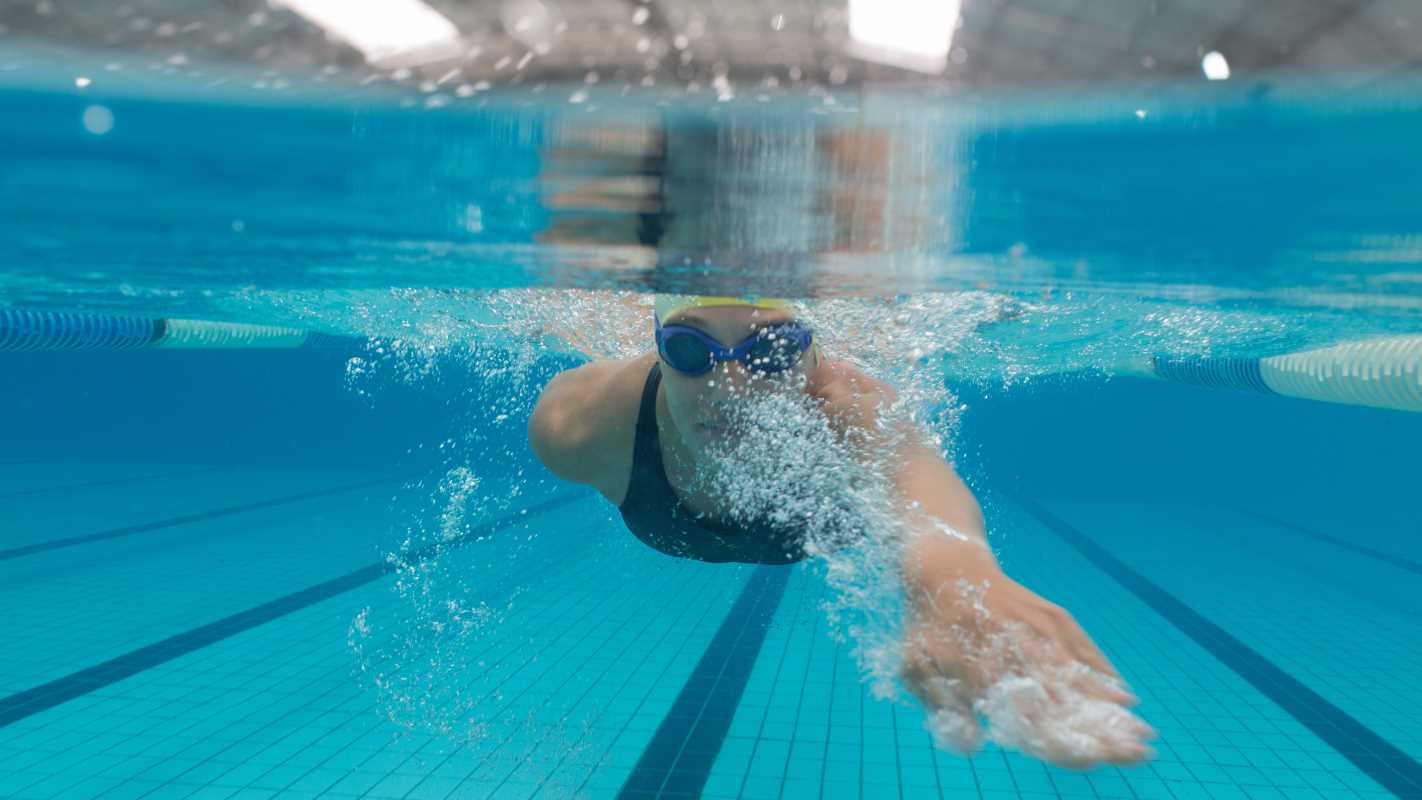 (Image via
(Image via